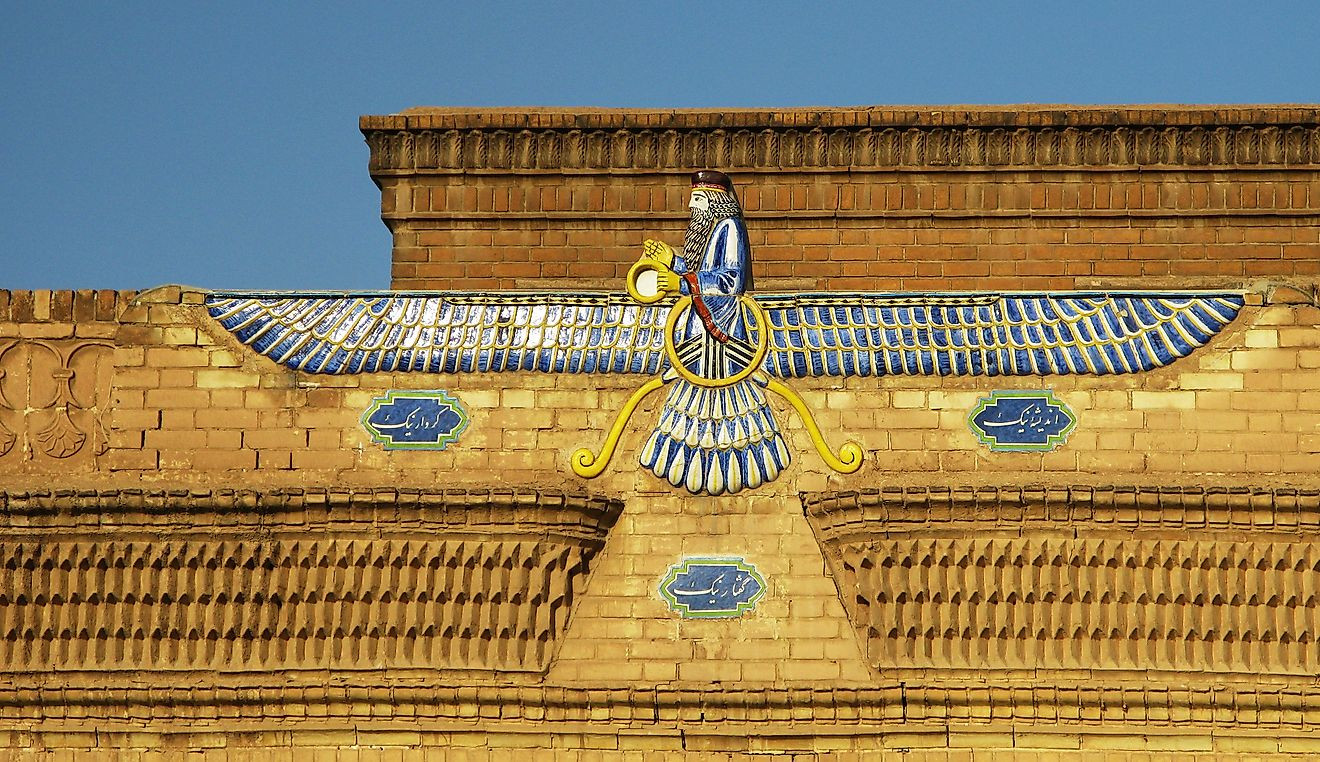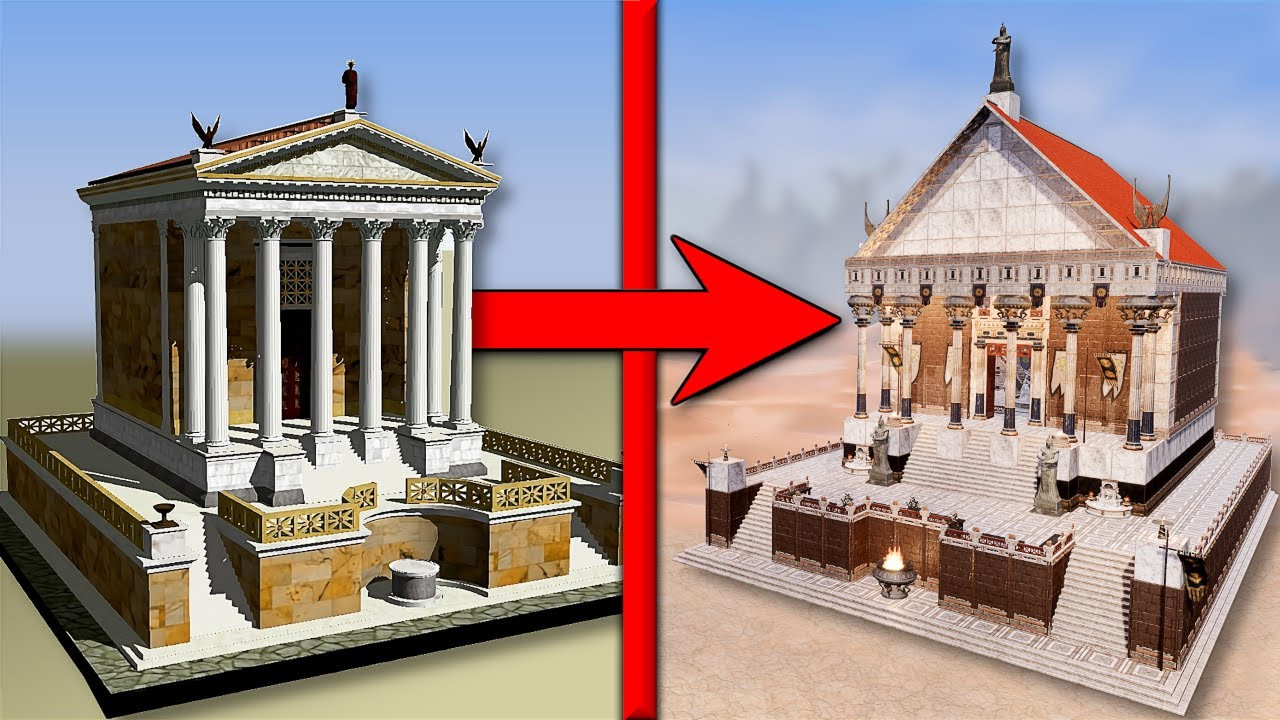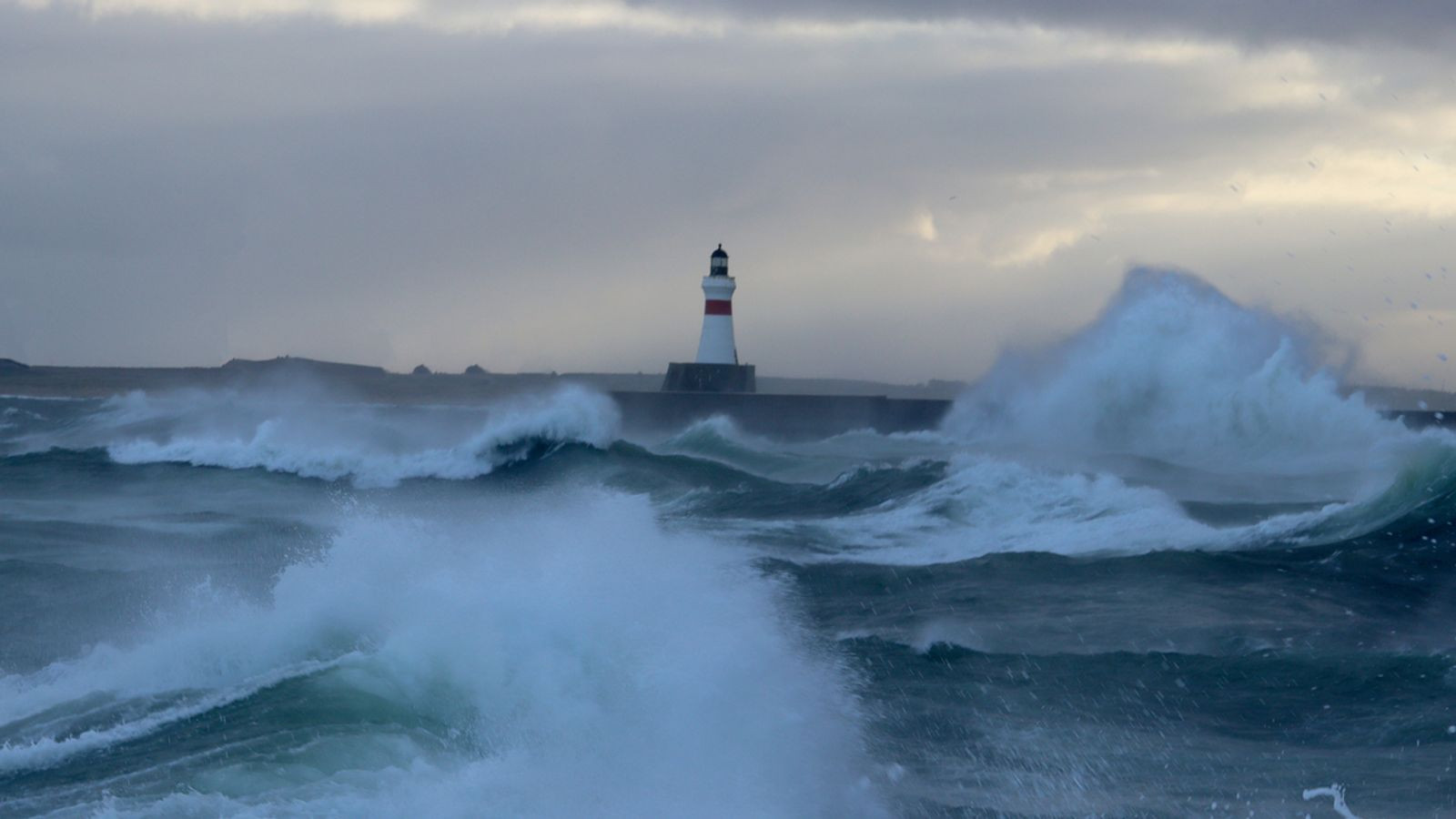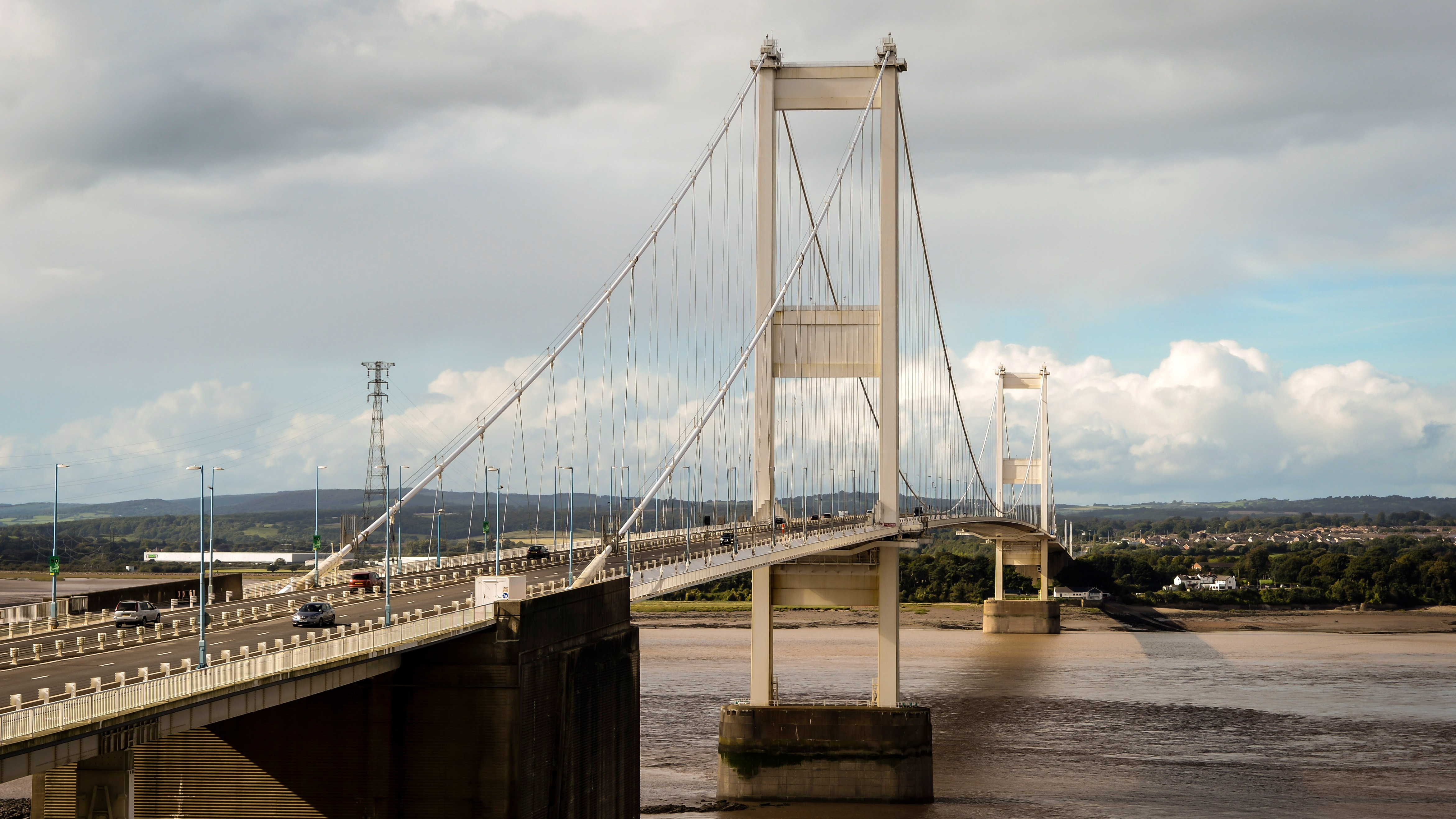The carved rock niches and stone walls of the mysterious Teniky archaeological site in Madagascar have long puzzled scientists. An early theory held that shipwrecked Portuguese sailors were the original architects in the 1500s. But a new study suggests that Zoroastrian exiles from Persia constructed the site centuries earlier, perhaps hoping to create a remote paradise on this almost mythical island.
Now abandoned amid a landscape of tropical forests, rocky hillsides and towering mountain ridges in the southwest of Madagascar, Teniky is more than 100 miles from the nearest coast and about as far from anywhere that you can get on this Texas-sized island in the Indian Ocean.
The dozens of niches carved into its cliffs look like small elevated rooms, a few feet wide and deep; many of their entrances are surrounded by circular recesses, possibly so they could be closed with doors of wood or stone.
The niches are completely unlike anything else found on Madagascar or in East Africa. But they are remarkably similar to burial niches at Zoroastrian archaeological sites in Iran.
“We tentatively interpret the niches at Teniky as belonging to a former necropolis, where dead corpses were exposed or where the dried bones were stored,” says geologist Guido Schreurs of Switzerland’s University of Bern who lead the study published in Azania: Archaeological Research in Africa.
Satellite photographs show the remote archaeological site, also called Tenika, is much larger than suspected, and recent expeditions there have discovered more carved niches, ritual locations and stone terraces hidden in the surrounding landscape.
Schreurs first became interested in Teniky in 1994, when he worked on a geological project in the Isalo National Park, which now covers the area. He saw photographs of Teniky at an exhibition in Geneva in 2010 and began sifting through scientific literature on the site, while searching satellite images on Google Earth. Schreurs then reached out to archaeologists from Madagascar he had worked with before, and—finally—arranged his first expedition to the site in 2020.
Schreurs has since trekked to Teniky four times. This year’s expedition involved Schreurs and 16 other researchers from Switzerland and Madagascar’s capital Antananarivo, including some of his co-authors for the latest study. They also had six local guides and roughly 150 porters to carry their food and equipment during the eight-hour hike over mountains and deep canyons from the nearest village.
Even before he visited the site, Schreurs was “skeptical” about the explanation usually given for Teniky’s rock architecture—that it had been built in the 16th century by shipwrecked Portuguese sailors who were traversing the island in the hopes of locating a port.
But Teniky’s niches bear a strong resemblance to the carved rock niches at Zoroastrian burial sites in the Fars region of Persia—now Iran—which were called astōdans in the now-extinct Pahlavi language.
The Zoroastrians who inhabited Fars believed that burying the dead defiled the earth; and so they often exposed their dead until they were reduced to bones and then interred the remains in rock niches.
The timing also matches up. Radiocarbon dating of charcoal found at Teniky now indicates that the earliest habitation of the site dates from between the 10th and 12th centuries, long before the Portuguese arrived in the area in the late 15th century, but roughly when the earliest cities were first established on Madagascar’s coast.
Zoroastrianism was the official religion of the Persian Empire for more than 1,000 years before its Arab conquest in the seventh century. Still practiced today, especially in India and Iran, the religion stresses the opposing forces of the universe and holds fire sacred as a symbol of purity.
But Persia’s Arab invaders brought the new religion of Islam, which quickly spread—and the study authors suggest a fervent group of Zoroastrians left there in the 10th or 11th centuries to establish their island colony.
University of Santa Clara archaeologist Nathan Anderson, who was not involved in the study but has researched other early settlements on Madagascar, initially doubted a link between Zoroastrians and the Teniky site.
But “when you really look at the data, when you look at the architecture, it’s hard to find another plausible explanation,” he says. “Obviously, this is very early in the research, and these are tentative conclusions… [but] while I am healthily skeptical, their argument is compelling.”
Anderson notes that the early Islamic world knew about Madagascar and identified it with the island of “Wakwak” described in legends.
One problem with the idea that Zoroastrians buried their dead at Teniky is that none of its rock niches contain any human remains—and the authors suggest this may be because later peoples collected and used the ancient bones for “black magic.”
The Grande Grotte and Other Structures
The most notable structure at the site is the Grande Grotte (Big Cave), also known as the Grotte des Portugais (Cave of the Portuguese)—a large overhanging rock shelter within a cirque, or amphitheater, of exposed cliffs.
The cave is partially closed off by neatly constructed walls made from sandstone blocks, in front of an elaborate niche a few feet wide that has been carved into the rock.
Dozens of similar niches are carved into rock faces nearby, and massive carved stone pillars and benches are found in the Petit Grotte (Small Cave) about 500 feet to the southeast.
Schreurs and his colleagues located the remains of stone walls enclosing the area around the caves, as well as more niches and ritual locations in the surrounding landscape over an area of more than 300,000 square feet.
Researchers also found indications of hundreds of stone terraces near the Sahanafo River, which runs about a mile west of the caves; and Schreurs thinks some of these were once the homes of the people who interred their dead in the niches at Teniky.
Life at Teniky
The ground in the region is hard, so agriculture was unlikely, he says.
But other resources could have sustained inhabitants. The river is full of eels, while wild boars and lemurs are plentiful in the nearby forests and plains; and Schreurs thinks that several hundred people may have lived near Teniky at its height.
Unanswered Questions
With another expedition planned for 2025, Schreurs and other researchers hope to explore some of the site’s lingering mysteries. They do not yet know why anyone would have settled at such a remote site, or why it was abandoned it. But one possibility is that Teniky was attacked.
“Was it a refuge?” Schreurs asks.
Several parts of the walls were built where supposedly walls would not be needed.
“This suggested that these dry stone walls probably had a protective, defensive character—but against whom?” he says.


















